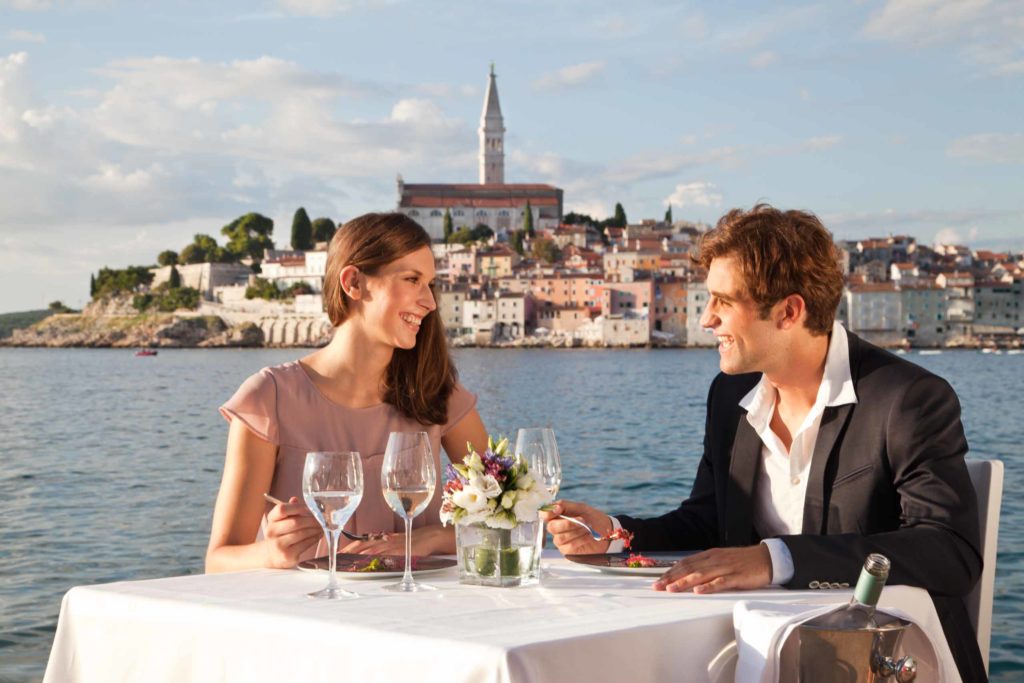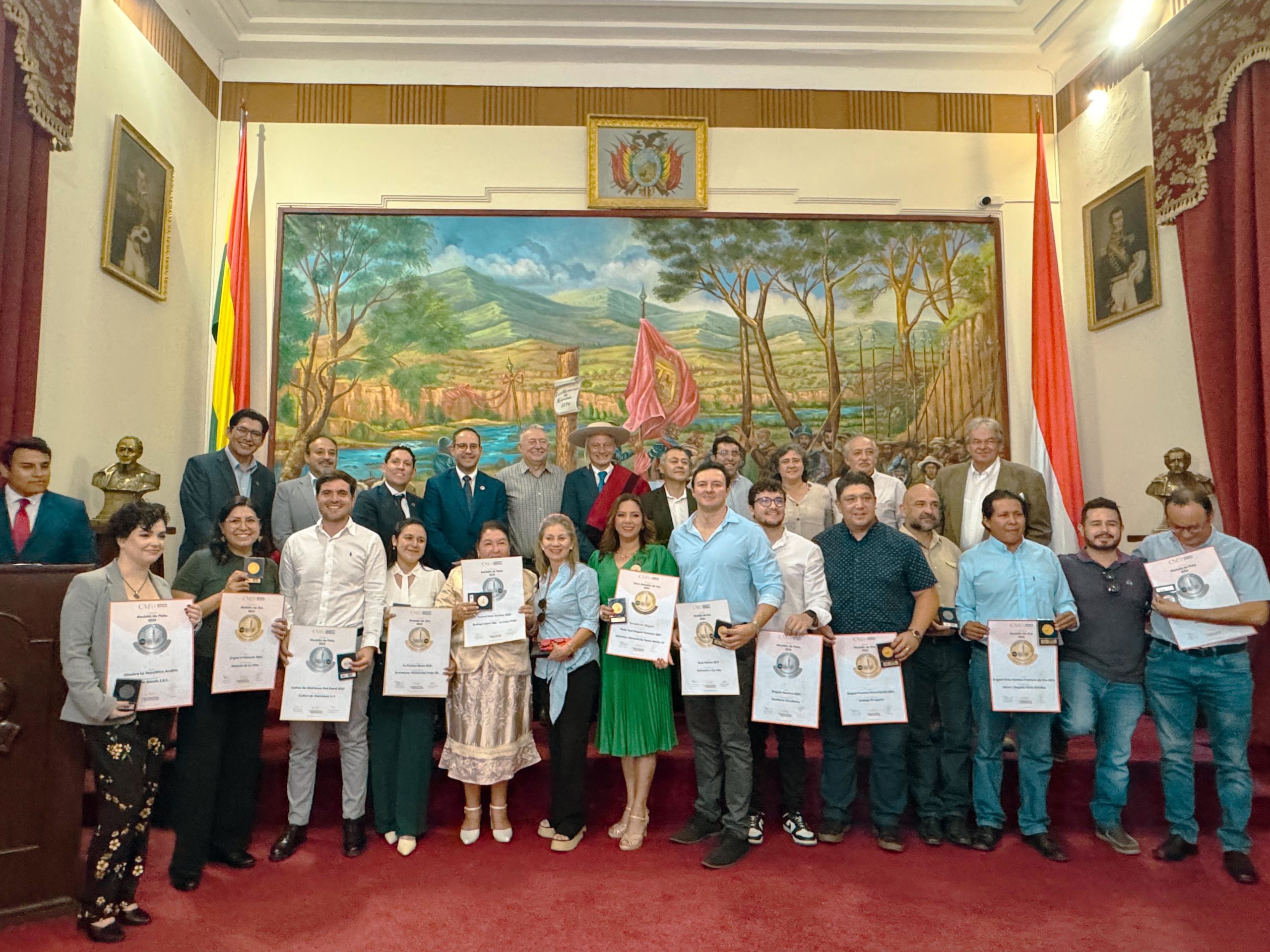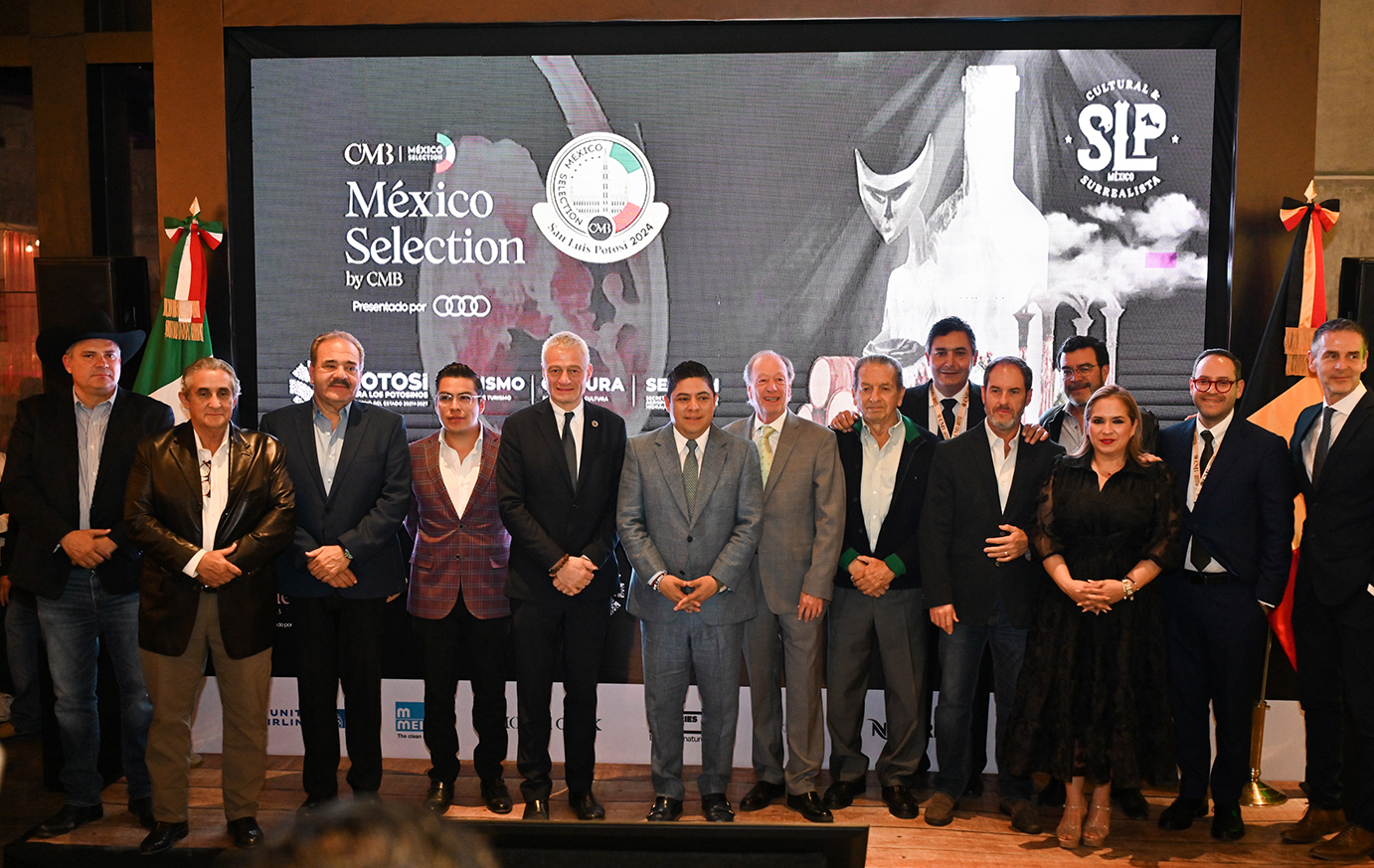Wine Tourism in Croatia: a Conversation with the Director of the Croatian National Tourist Board

With its stunning natural beauty, rich cultural heritage, and growing focus on wine tourism, sustainability and digitization, Croatia has become an increasingly popular tourist destination in recent years. In an interview with Kristjan Staničić, Director of the Croatian National Tourist Board we discussed Croatia’s tourism industry, its recent developments, and its future direction.

Can you tell us about the current state of tourism in Croatia? How has the pandemic affected the industry?
Despite the challenges posed by the pandemic, Croatia was able to maintain its tourist traffic and emerge as a highly resilient and adaptable destination. In fact, Croatia was ranked as the top Mediterranean destination in both 2020 and 2021, and in 2022, our overnight stays were at 97% of pre-pandemic levels, indicating a strong rebound. While the first 4 months of 2023 are trending upwards and we anticipate a strong tourism year. Therefore, it can be said that Croatia has successfully bounced back from the pandemic.
During the pandemic, we focused on promoting car-distance markets. However, we are now shifting our attention to achieving a similar rebound for flight markets. Short-haul flights have already shown significant improvement, and there have been direct flights introduced from NYC to Dubrovnik in 2021 and 2022 for long-haul destinations like the USA. We are optimistic that other long-haul destinations, such as Asian markets, including Korea, will soon see a return of travellers. It’s important to note that the pandemic had a global impact on the entire travel industry, and not just specifically on Croatia. Despite the challenges, the industry demonstrated resilience and innovation by introducing new products and processes to adapt to the situation.
How does the Croatian National Tourist Board market the country as a tourist destination? What are some of the unique selling points of Croatia?
Among our key offerings, we have the sun and the sea, which are popular among tourists during the high-season, while we continue to promote our year-round offer via a multitude of other products in the shoulder and off-season. However, it’s also important to note the abundance of preserved nature and numerous national parks, cultural heritage sites, various tourist activities, and indigenous food and wine offerings, as well as a range of accommodation options. Croatia is an authentic destination, rich in history and well-connected. Additionally, it is home to some of the world’s greatest athletes, the fastest electric car, and the birthplace of the neck-tie (cravat) among other notable things. As one of our previous social media campaigns stated, Croatia is like a world in one country, with something new to discover on each visit.To promote Croatia, the Croatian National Tourist Board employs a range of marketing channels, such as traditional media relations, social media, digital marketing, television and radio advertising, outdoor advertising, and participation in various tourism fairs and events. We also collaborate with other tourism organizations and industry experts.
Croatia is known for its beautiful coastline, but what are some lesser-known areas of the country that tourists should explore?
Our country offers an incredible range of diversity, from its majestic mountain peaks to its stunning rivers and lakes. With numerous national and nature parks, it’s an ideal destination for those seeking adventure holidays and nature exploration. Besides natural beauty, continental tourism in Croatia provides a chance to explore the country’s rich historical and cultural heritage. The city of Zagreb is home to several museums, galleries, and beautiful historical buildings. Gastronomy is also a significant draw, with traditional dishes and drinks available for visitors to taste. Furthermore, continental Croatia hosts various events and festivals that reflect the area’s history and tradition, making it a fascinating destination for tourists. Lesser-known regions, such as Slavonia or the Dalmatian hinterland, are also worth exploring.
Wine tourism is becoming increasingly popular in Croatia. Can you talk about some of the wine regions in Croatia and what they have to offer visitors?
Since vine cultivation began in Europe, wine has been produced in this region. Croatia has a rich history of winemaking, and there are still numerous native grape varieties with unique qualities and exceptional potential. The diversity of the region for growing grapes, including the presence of four out of five climatic zones and variations in relief and soil composition, has resulted in Croatia offering a wide range of wines with distinct and often original compositions.
Croatia’s 20,000 hectares of vineyards are divided into four primary wine regions: Istria and Kvarner, Dalmatia, Slavonia and Croatian Danube, and Croatian highlands (Hrvatsko zagorje). The top grape varieties utilized in almost half of Croatia’s wine production are Plavac Mali, Malvazia, Graševina, Merlot, and Cabernet Sauvignon.
In addition to numerous native grape varieties, Croatia has also introduced many major international varieties that have proven to be highly successful. For instance, Riesling (Riesling Italico, Welschriesling) has received high praise from many wine critics in Croatia, particularly in the Slavonia and Danube regions, where it showcases its full qualitative potential. Today, Riesling is the most significant variety in Croatia, accounting for approximately 25% of cultivars and present in all continental wine regions.
Other noteworthy varieties include Istrian Malvasia and Plavac Mali, which are indigenous Croatian gems and the leading varieties in Istria and Dalmatia. Technological advancements in recent years have enabled the production of high-quality wines from these varieties, which have garnered attention and consumer demand. Combined with Riesling, they make up almost half of Croatia’s vineyards and form the largest portion of the wine offering.
Additionally, other international varieties such as Chardonnay, Pinot, Sauvignon, Cabernet Sauvignon, Merlot, Syrah, and Rajna’s Riesling, as well as indigenous varieties like Pošip, Teran, Žlahtina, Zinfandel, and Dubrovnik’s Malvasia, have significantly enriched Croatia’s wine scene. It is impossible to discuss Croatian wines without mentioning these varieties.
What is the typical wine tasting experiences that tourists can expect when visiting Croatian wineries?
I highly recommend exploring one of the wine roads or attending any of the numerous wine events. Along these designated wine roads, there are wine cellars and restaurants where visitors can indulge in regional wines and specialty cuisine. In addition to the traditional tours, visitors can partake in various sporting and other events that take place near vineyards. These events aim to introduce visitors to local customs while allowing them to enjoy the outdoors and excellent wine.

What are some of the challenges and opportunities for wine tourism in Croatia?
Since the turn of the century, Croatia has undergone a transition in its approach to wine production. The emphasis has shifted from yield and quantity to prioritizing quality. As wineries begin to expand into wine tourism, they require a broader range of employees such as marketing professionals, waitstaff, guides, PR specialists, and more. Many wineries have recognized the benefits of expanding into wine tourism and have developed a range of products, such as wine tastings, events, tours, restaurants, accommodations, and shops. However, while some wineries have experienced greater success from wine tourism, others continue to generate better results from their wine production.
How has Croatia adapted to changing travel trends and preferences, such as sustainable travel and experiential travel?
The Croatian National Tourist Board has recently unveiled its new Strategic Marketing and Operational Plan for 2023-2026, which places a strong emphasis on sustainable tourism. Our strategy aligns closely with the national Sustainable Tourism Development Strategy until 2030, which prioritizes sustainable tourism practices for the years ahead.
We acknowledge the potential issues associated with tourism, including over-tourism and the environmental impact of travel on destinations. Therefore, we are committed to developing and implementing more sustainable options. For instance, programs like Dubrovnik’s Respect the City aim to address these concerns. Additionally, we plan to work alongside the Ministry of Tourism and Sports to implement a program to neutralize the carbon footprint of tourists’ vehicles by planting trees. Our goal is to make Croatia an innovative and sustainable tourist destination not only this year but for years to come.
What role does technology play in the Croatian tourism industry? How is the Croatian Tourism Board embracing technology to enhance the visitor experience?
The pandemic has led to significant growth in contactless technology in the tourism sector, including contactless payments, reservations, check-ins, and food delivery. The use of virtual and augmented reality (VR & AR) also increased during this time to reach potential visitors who were unable to travel. Looking ahead, it is expected that contactless technology will continue to develop, alongside digital tools like itinerary builders. However, it is unlikely that VR & AR will replace travel and the desire for authentic in-destination experiences. Croatia has already adopted many of these technologies to enhance its tourism offerings, including VR at tradeshows and fairs, and is likely to continue to do so in the future.

What are the Croatian Tourism Board’s goals and plans for the future of tourism in Croatia?
As mentioned earlier, our focus has shifted towards sustainability and digitization in the new strategic cycle. Despite this, Croatia intends to preserve its authenticity throughout the process, as it already has a strong foundation.
An interview by Valentina Phillips


